In the 7000-year history of wine, only the spread of the Islamic faith’s rejection of wine posed a greater threat to wine culture and consumption than Millennials.
Join me in a discussion on what the Wine Industry could do to entice Millennials to embrace fine wine..
I held my breath before reading Silicon Valley Bank’s (SVB’s) 2021 State of the Wine Industry Report to see if any headway was made with Millennial wine consumption versus 2020.
The good news is that there was a little improvement. The per cent of Millennials consuming wine grew by 3 percentage points from 2020, from 17% to 20%. However, there remains a huge consumption gap to fuel future wine industry growth when compared with wine consumption for Gen X and Boomers.
The troubling data is how few Millennial wine drinkers consume fine wine. For example, 16% of Millennials consume wine at price points of $50 and higher, compared to 42% of Boomers.
“Gucci, with more than 62% of sales from consumers under 35 years old, is a leading luxury brand example. By comparison, wine has much work to do.”
By contrast, 33% of Millennials consume other luxury goods. What have other luxury products done to have drive Millennial demand? They have innovated their product offerings to increase their relevance to Millennials, evolved their distribution channels and embraced digital communication. Gucci, with more than 62 percent of sales from consumers under 35 years old, is a leading luxury brand example.
Christie’s auction house reports that 31% of its new collecting clients in the first half of 2021 are Millennials, with the emergence of the digital art category and NFTs (Non Fungible Tokens) being a contributory factor to many of these new collectors.
By comparison, it seems wine has much work to do.
In the lives of all of us, there are many milestones and other special experiences that could look very different going forward. Let me paint a picture of them in the future. Can you imagine how parents will feel when they are toasted at their 60th Anniversary with a Vodka and Tonic? Where is the Salon, the Sir Winston Churchill, and the Mouton? These fine wines are headed for the cellars of the people who are excited to own them and store them. And this ownership issue - the resistance to being responsible for something - flies in the face of the Millennial stereotype.
China’s growing interest in wine, particularly, fine wine, has filled the growing gap in Millennial demand in recent years. To my mind, while experiencing growth and new demand from emerging new audiences is terrific for any product, relying too much on China to fuel growth is too risky.
Millennials are ignoring the wine industry and its stodgy old ways. Now, there are examples where bottle service in nightclubs drives sales for fine wine (e.g., Dom Perignon with fluorescent glow-in-the dark labels) - but these are clever gimmicks rather than enduring trends. And the wine industry is at risk of losing a second generation of consumers, because Gen Z are following Millennial wine consumptions patterns.
Now, this doesn’t mean the fine wine industry is bust – it’s survived wars, plagues, pestilence and tariffs for 7,000 years. But any industry should be troubled by being irrelevant to the world’s largest cohort of consumers.



